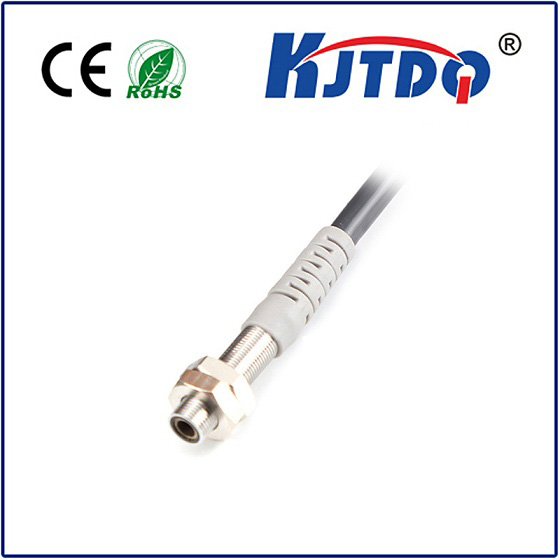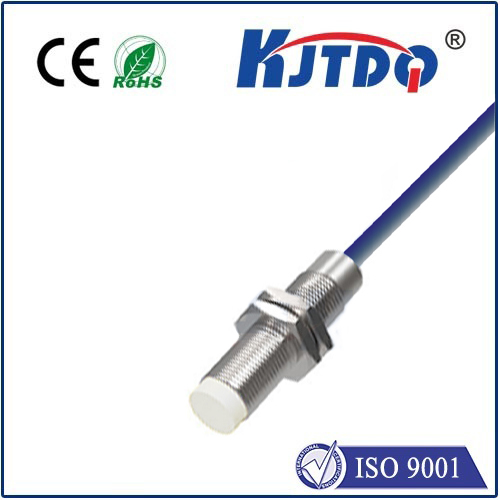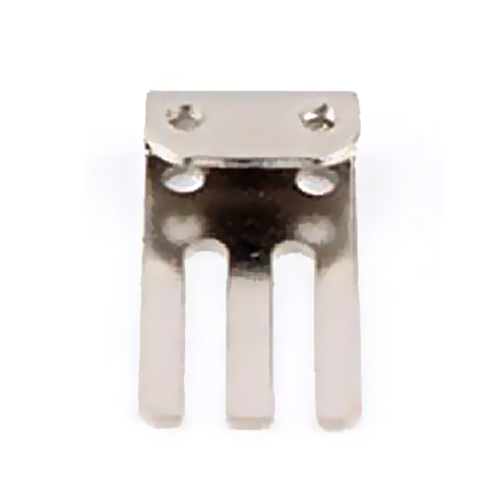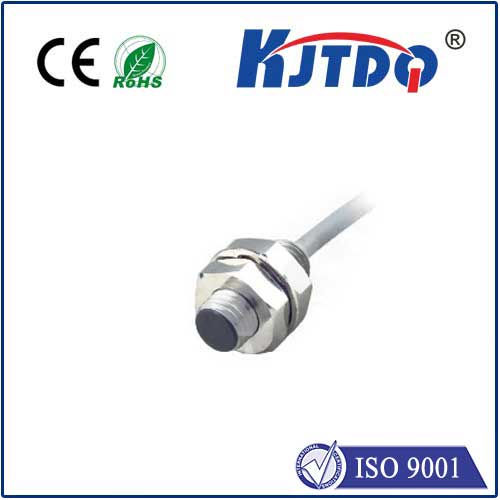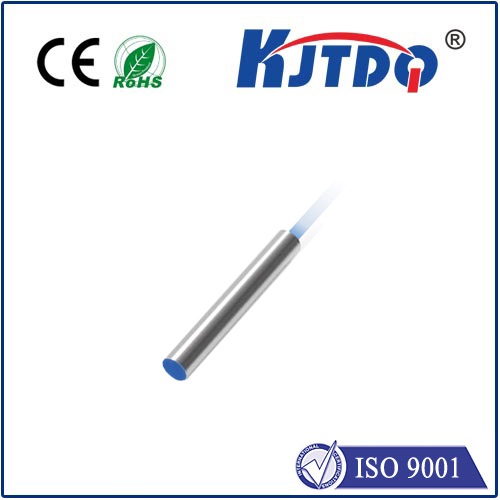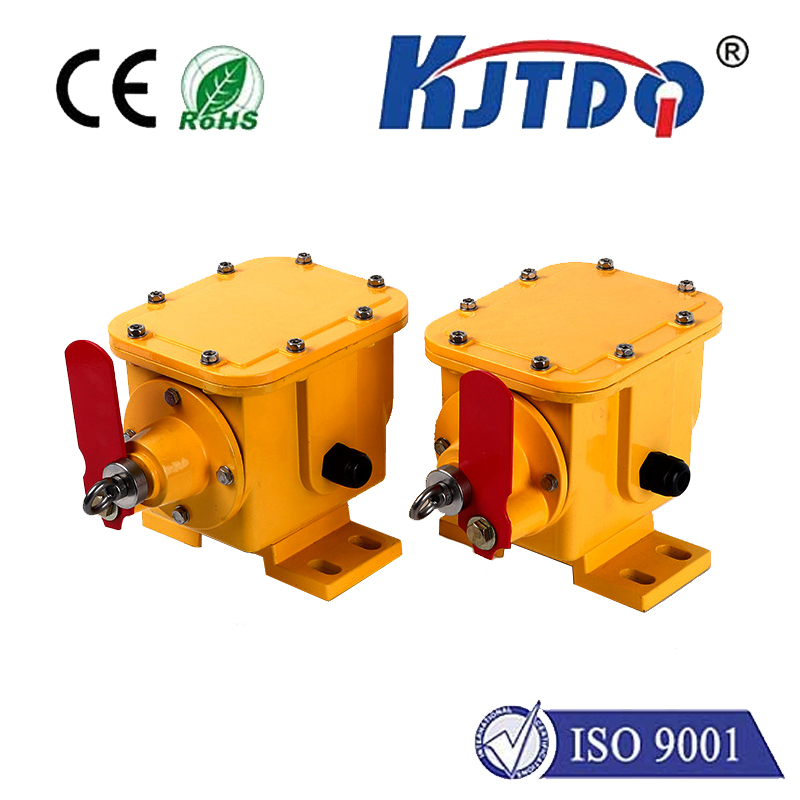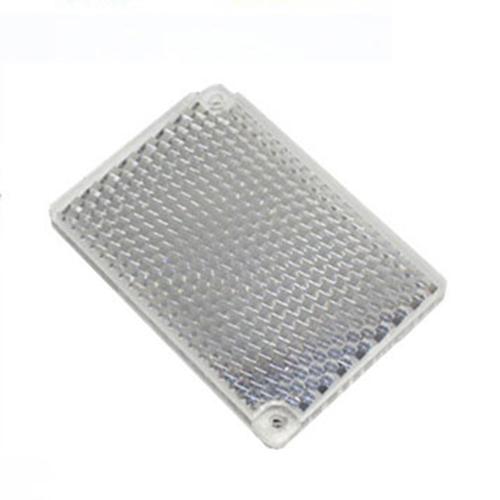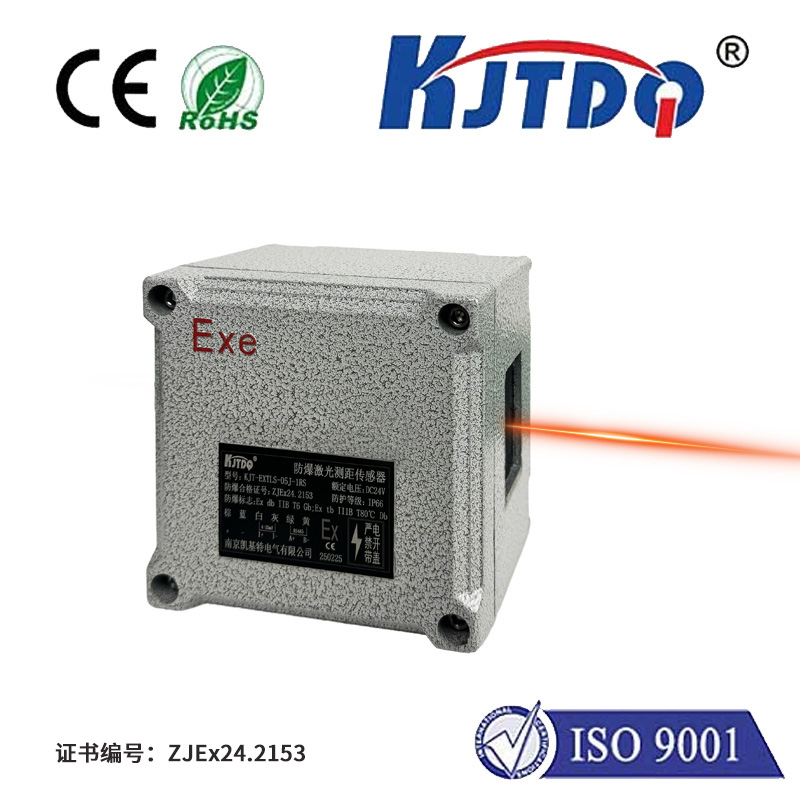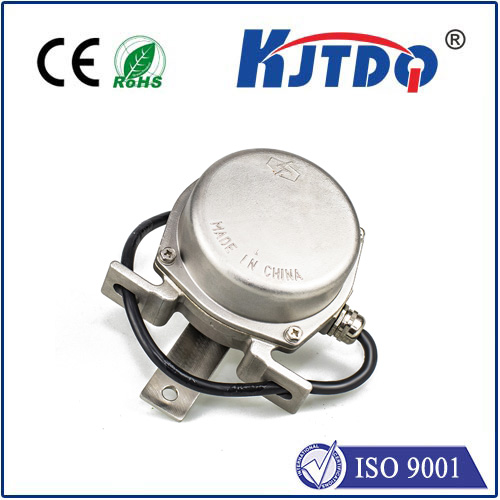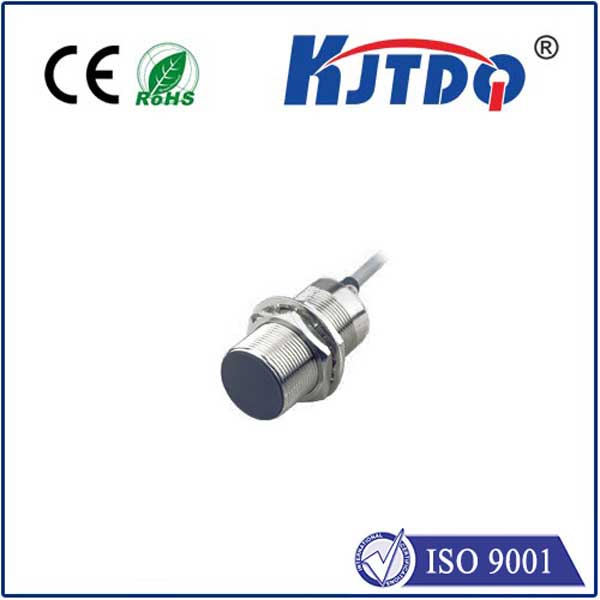18mm inductive proximity sensor
- time:2025-06-14 02:36:54
- Click:0
The Essential Guide to 18mm Inductive Proximity Sensors: Precision Detection for Industrial Automation
Ever wonder how modern factories achieve such seamless, high-speed automation? How a robotic arm knows precisely when to pick up a metal component, or a conveyor system detects the arrival of a pallet without physical contact? One of the unsung heroes enabling this efficiency is the inductive proximity sensor, and the 18mm cylindrical format stands out as a true workhorse in countless applications. This guide delves deep into the world of 18mm inductive proximity sensors, exploring their operation, benefits, and why they are a cornerstone of reliable non-contact sensing.
Understanding the Core Technology: Non-Contact Detection
At its heart, an inductive proximity sensor functions by generating an electromagnetic field using a coil housed within its sensing face. When a metallic target (typically ferrous metals like iron or steel, but also detectable non-ferrous metals depending on the sensor type) enters this field, it induces small electrical currents called eddy currents within the target material. This interaction causes a measurable change in the sensor’s oscillator circuit. The sensor’s internal electronics detect this change and trigger its switching output (usually NPN or PNP transistor, NO or NC). Crucially, this entire process happens without any physical contact between the sensor and the target, making them incredibly durable and wear-resistant.
Why 18mm? The Sweet Spot in Size and Performance

Inductive sensors come in various sizes, but the 18mm diameter cylindrical form factor offers a compelling balance that makes it exceptionally popular:
- Optimal Sensing Range: Moving significantly beyond smaller sizes (like M5, M8, or M12), 18mm sensors typically offer sensing ranges (Sn) between 5mm and 8mm, depending on the specific model and target material. This extended range provides greater flexibility in mounting and allows for more forgiving positioning tolerances in real-world applications.
- Robustness and Durability: The larger housing provides ample space for robust internal components and often features a thicker barrel wall. This translates directly to superior mechanical strength, making 18mm sensors highly resistant to shock, vibration, and accidental impacts common in harsh industrial environments.
- Enhanced Environmental Protection: Achieving high IP (Ingress Protection) ratings, such as IP67 or IP68, is more straightforward with an 18mm body. This robust sealing effectively shields the internal electronics from dust, cutting fluids, oils, coolants, and even temporary immersion, ensuring reliable operation in demanding workshops or production lines.
- Mounting Flexibility: While larger than M12 sensors, the 18mm size remains highly versatile. Standard mounting threads (like M18 x 1 or M18 x 1.5) are widely recognized, and readily available mounting brackets, bushings, and nuts simplify installation and integration into machinery. This size often strikes the perfect balance between performance capability and spatial constraints on equipment.
- Cost-Effectiveness: Due to their immense popularity and widespread manufacturing, 18mm inductive sensors often represent an excellent value proposition. They deliver substantial performance and durability benefits without the premium cost sometimes associated with larger specialty sensors or the limitations of smaller ones.
Key Features and Capabilities: What Makes Them Shine
Beyond their size advantage, 18mm inductive proximity sensors boast several critical features:
- Shielded vs. Unshielded: Shielded 18mm sensors can be mounted flush in metal without affecting their sensing field, offering space savings. Unshielded types provide a slightly longer sensing range but require surrounding metallic-free space.
- Hysteresis: This built-in feature prevents output chattering when a target is exactly at the switching point, ensuring clean, reliable signal transitions even with machine vibration. Robust hysteresis is vital for stable operation.
- Operating Voltage: Most support wide DC voltage ranges (e.g., 10-30V DC), compatible with common industrial control systems. AC/DC universal models are also available.
- Output Types: NPN and PNP transistor outputs (sourcing or sinking) in Normally Open (NO) or Normally Closed (NC) configurations provide flexibility to interface seamlessly with PLCs (Programmable Logic Controllers), motor drives, and other control devices.
- LED Status Indicator: Almost universally feature an LED that provides visual confirmation of power (on) and output state (on when detecting target, or vice-versa), simplifying commissioning, diagnostics, and troubleshooting.
Where 18mm Inductive Sensors Excel: Diverse Applications
The ruggedness, reliable detection, and versatility of the 18mm inductive proximity sensor make them indispensable across countless industries:
- Machine Tooling: Detecting tool position, turret indexing, part clamping confirmation, and end-of-travel limits on lathes, mills, and machining centers. Their resilience to coolants and metal chips is crucial here.
- Material Handling & Packaging: Monitoring presence/absence of metal parts, cartons on conveyors (via metal tags or rollers), pallet positioning, and counting metallic items. Continuous operation under vibration is key.
- Automotive Manufacturing: Position sensing of robots, end-effectors, clamps, fixtures, cylinders (via piston magnet), and presence verification on high-speed assembly lines.
- Robotics: Enabling precise detection of joint positions, gripper status (open/closed on metal parts), and workpiece presence at robotic stations.
- Food & Beverage (Specific Models): Utilizing stainless steel housing versions for washdown environments to detect metal machine parts or containers.
- General Factory Automation: Position feedback for cylinders (using piston magnets), monitoring machine guards (safety door position), detecting metal flags, and controlling rotary equipment speed/rpm.
Selecting the Right 18mm Sensor: Key Considerations
Choosing the optimal 18mm inductive proximity sensor involves evaluating several factors:
- Target Material: Ferrous steel offers the longest range. Non-ferrous metals (brass, aluminum, copper) require special models with reduced sensing ranges (often designated as “Factor 1” sensors). Confirm the sensor’s specifications match your target.
- Required Sensing Distance (Sn): Determine the maximum distance the target will be from the sensor face during detection. Select a sensor with a rated range exceeding your requirement, factoring in hysteresis and application tolerances.
- Shielded vs. Unshielded: Choose shielded if the sensor needs to be mounted flush in metal (minimal surrounding clearance needed). Choose unshielded if maximum range is needed and sufficient non-metallic space surrounds the sensor.
- Output Configuration: Match the sensor’s output type (NPN/PNP, NO/NC) to the input requirements of your control device (PLC, controller, etc.).
- Environmental Conditions: Ensure the IP rating (e.g., IP67, IP68, IP69K) is suitable for exposure to dust, liquids, chemicals, temperature extremes, and washdown procedures.
- Electrical Specifications: Verify the voltage range and current rating align with your system’s power supply and load requirements.
- Housing Material: Nickel-plated brass or stainless steel (for corrosive/washdown environments) are common. Stainless steel offers superior chemical resistance.
The 18mm inductive proximity sensor is far more than just a size; it represents an optimal convergence of robust construction, sufficient sensing range, environmental resilience, mounting flexibility, and cost-effectiveness. Its ability to provide utterly reliable, non-contact detection of metallic objects in the toughest industrial settings makes it a fundamental component driving efficiency and automation across the globe. Whether ensuring precise machine positioning or confirming the presence of a critical component, the 18mm inductive sensor continues to prove itself as an indispensable tool for engineers and maintenance












